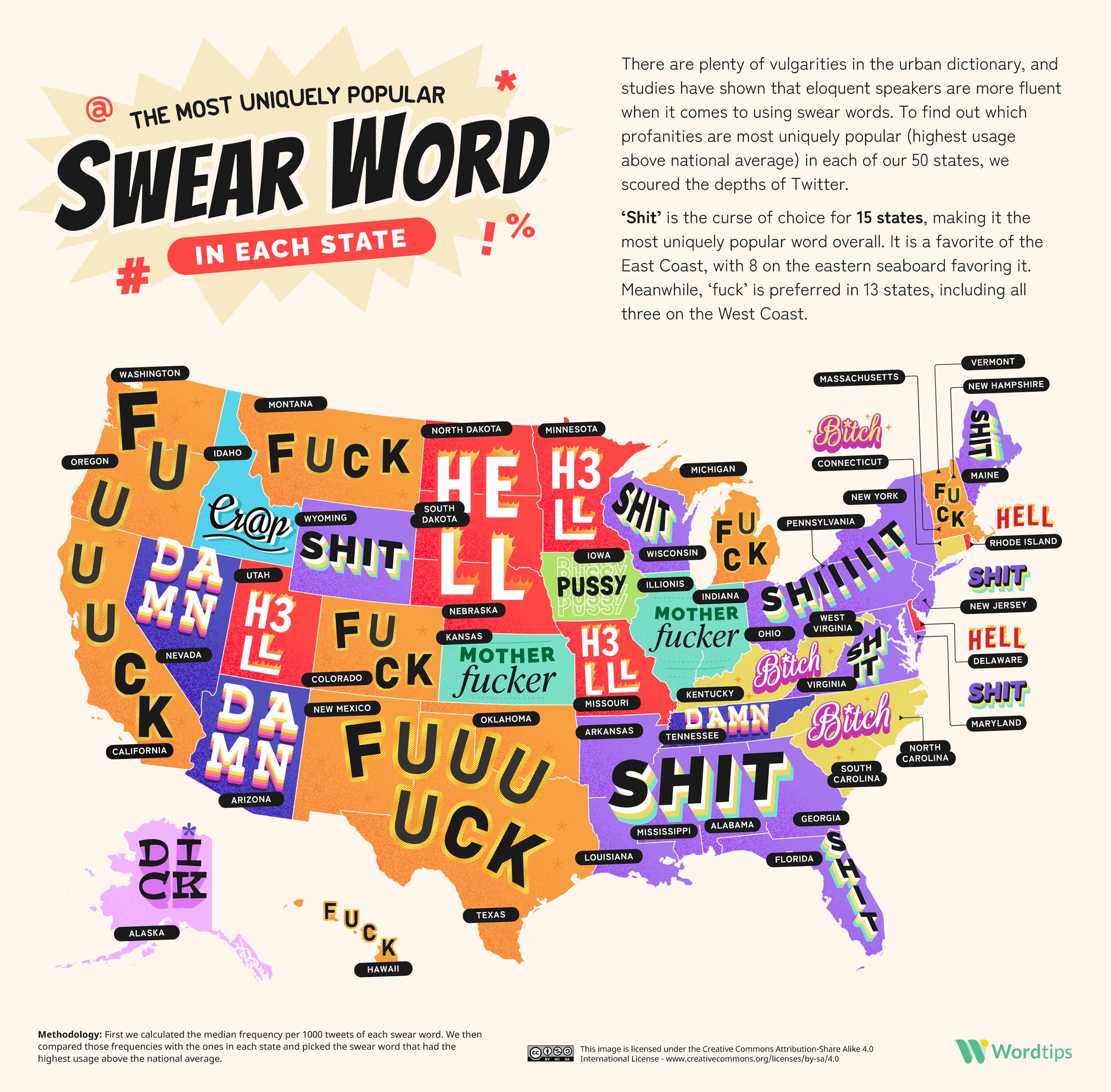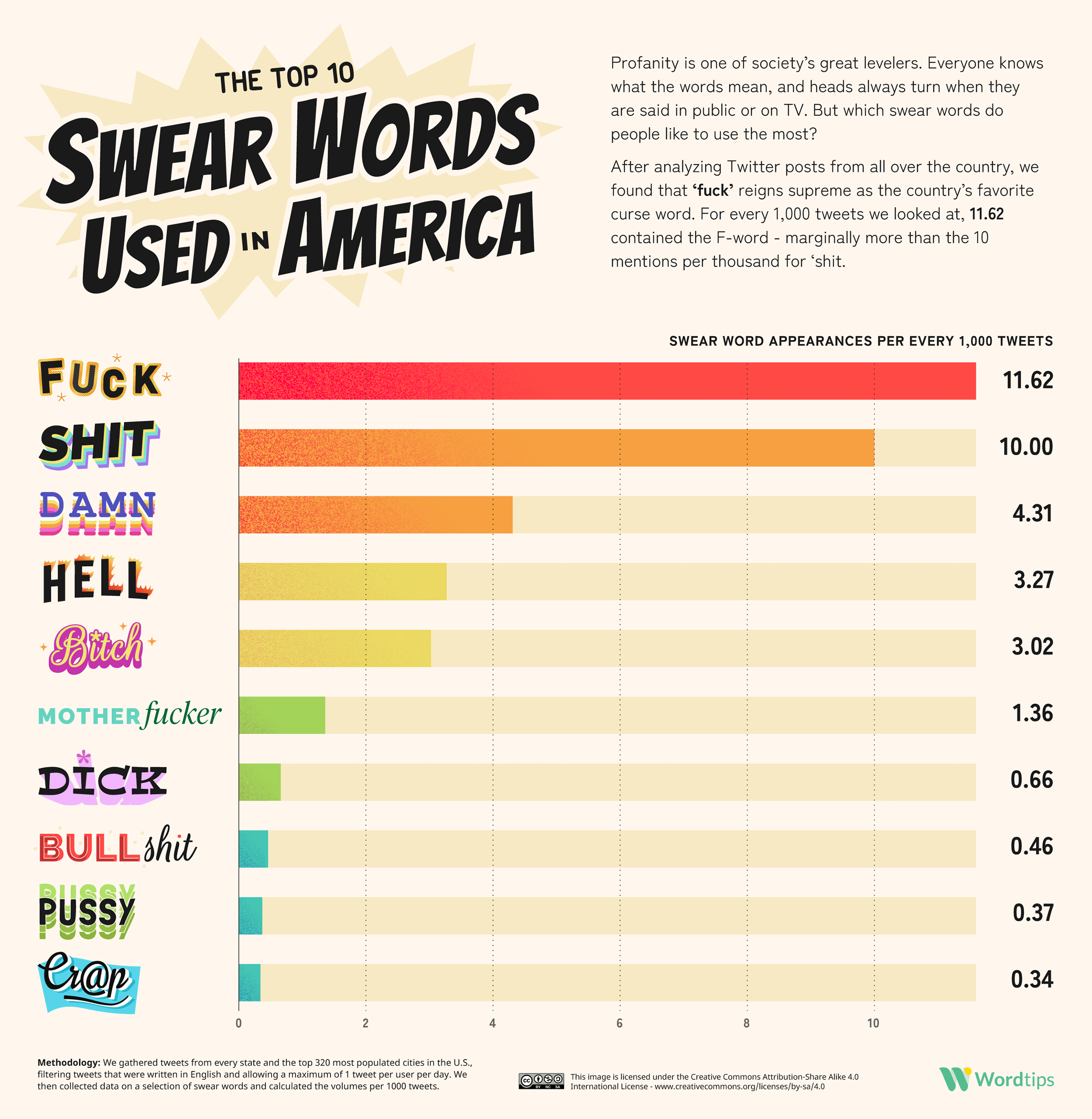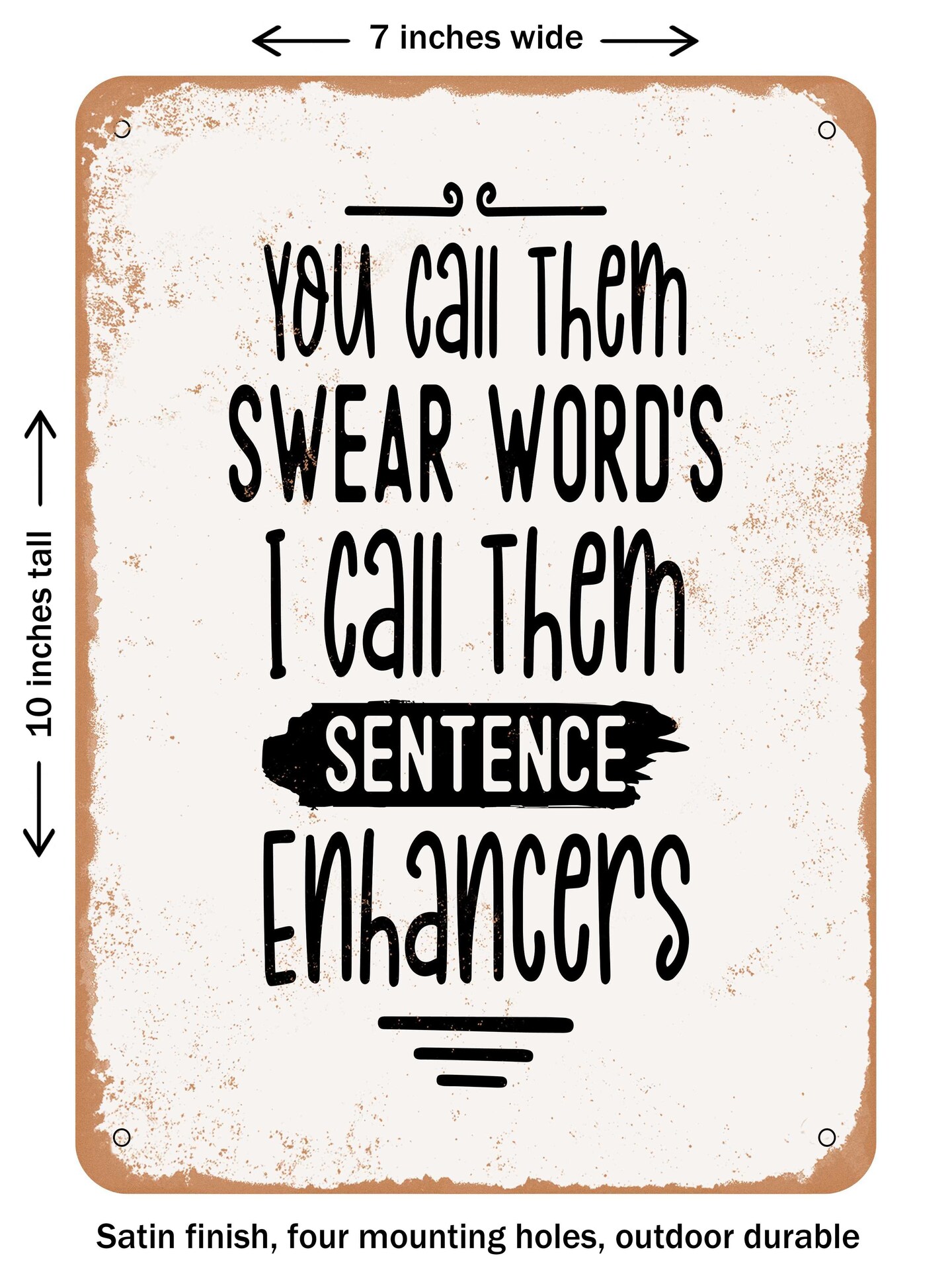Decoding Persian Swear Words: A Cultural & Linguistic Journey
Exploring the intricate world of Persian swear words offers a unique window into the cultural fabric and linguistic nuances of a society renowned for its rich poetry and profound philosophy. It's a journey that reveals not just crude expressions, but also the subtle ways language reflects social norms, emotional states, and interpersonal dynamics. Far from being mere vulgarities, these terms, when understood within their proper context, can illuminate deeply held values and societal taboos.
Beyond the surface-level shock value, understanding how and why certain words are used provides invaluable insights for anyone seeking a deeper connection with Persian speakers and their vibrant heritage. This article delves into the complexities of profanity in Farsi, examining its varied applications, cultural significance, and the evolving digital efforts to categorize and manage it. We'll explore the history, the cultural context, and the fascinating pragmatics behind these often misunderstood linguistic elements.
Table of Contents
- The Rich Tapestry of Persian Language: Beyond Profanity
- What Are Persian Swear Words? Defining the Unspeakable
- The Nuance of Usage: When Is a Swear Word Not a Swear Word?
- Common Themes and Categories in Persian Profanity
- Cultural Reflections: Swearing as a Mirror to Society
- Learning and Understanding: Resources and Cautionary Tales
- The Digital Landscape: Detecting and Filtering Persian Profanity
- Conclusion: Navigating the Complex World of Persian Swear Words
The Rich Tapestry of Persian Language: Beyond Profanity
To truly appreciate the context of Persian swear words, one must first understand the language itself. Modern Persian, or Farsi, is a continuation of Middle Persian, a linguistic lineage that traces its roots back through centuries of history. It is the official language of Iran and is also spoken by approximately 130 million people worldwide, primarily in Iran, Afghanistan (where it's known as Dari), and Tajikistan (as Tajik). Historically, the region was known as Persia in the English language, a name that evokes images of a vast and complex empire, a melting pot of religions, cultures, and civilizations. This rich heritage is a source of immense pride for the Persian people, who, despite diverse ancestry, are united by their language.
Farsi is celebrated globally for its profound literary heritage, having given birth to some of the world's most cherished poetic expressions from figures like Rumi, Hafez, and Saadi. It is a language renowned for its elegance, metaphorical depth, and capacity for nuanced expression, often described as lively and full of humorous phrases that help foster natural engagement and connection with native speakers. However, like any living language, Farsi is not solely composed of poetic verses and polite discourse. While its literary contributions are undeniable, it also possesses its fair share of profanity, an aspect that, though often overlooked or considered taboo, is an integral part of its complete linguistic spectrum. This duality underscores the complexity of Farsi, a language capable of both the sublime and the profane, each serving its own unique communicative purpose.
What Are Persian Swear Words? Defining the Unspeakable
Just like in any other language, Persian swear words are expressions considered offensive, vulgar, or taboo, often used to convey strong emotions such as anger, frustration, or contempt. They can range from mildly impolite terms to deeply offensive insults. While the Persian language is widely known for its beautiful poetry and sophisticated expressions, it also encompasses a robust vocabulary of profanity. These words and phrases are not merely random utterances; they often carry significant cultural weight and can be incredibly direct and hurtful when used with malicious intent.
The existence of such terms is well-documented, with various resources, including academic studies and user-generated lists, providing explanations of their meanings and contexts. For instance, the bad word 'koskesh' in Persian (Farsi) language is a widely recognized and highly offensive term, often used as a severe insult. Understanding these terms goes beyond simply knowing their literal translation; it requires grasping the socio-cultural implications and the emotional impact they carry. These are not words to be casually thrown around, especially by non-native speakers, as their misuse can lead to serious misunderstandings or offense. The complexity of these terms underscores the need for careful consideration and an awareness of their place within the broader linguistic and cultural landscape.
The Nuance of Usage: When Is a Swear Word Not a Swear Word?
One of the most fascinating aspects of Persian swear words is their highly contextual nature. Unlike a simple dictionary definition, the meaning and impact of these words are heavily influenced by who is speaking, to whom they are speaking, and in what situation. Swearing in Persian culture is a complex and nuanced topic that profoundly reflects the values, beliefs, and social norms of the society. While generally considered taboo in many formal or public settings, their usage can transform dramatically among different social circles.
Playful Banter vs. Malicious Intent
Persian curse words, much like profanity in many other languages, can be quite direct and hurtful when employed with genuine malice. However, a significant distinction lies in their use among close friends or within informal social groups. In such contexts, these words can often be used in a more playful, teasing, or even affectionate manner. It's a form of verbal shorthand, a way to express camaraderie or lighthearted exasperation without true animosity. This dual nature means that the same word can evoke laughter or deep offense, purely depending on the speaker's tone, facial expressions, and the established relationship between individuals. Knowing when and how to use them appropriately is paramount, as misjudging the context can lead to awkwardness or, worse, unintended insult.
The Role of Social Context and Relationships
The social environment plays a critical role in determining the acceptability and interpretation of Persian swear words. In formal settings, among strangers, or in the presence of elders, profanity is almost universally frowned upon and can be seen as a sign of disrespect or poor upbringing. Conversely, within the confines of close friendships, family gatherings (depending on the family's norms), or even certain professional groups, a well-placed, contextually appropriate swear word can serve as a bonding mechanism, a way to relieve tension, or to emphasize a point with a certain informal flair. The level of intimacy and trust between individuals directly correlates with the perceived permissibility of using such language. Therefore, for anyone navigating Persian social interactions, understanding these unwritten rules and the intricate dance of social relationships is far more important than merely memorizing a list of bad words.
Common Themes and Categories in Persian Profanity
While a comprehensive list of all Persian swear words would be extensive and beyond the scope of this cultural exploration, understanding the common themes and categories they fall into provides valuable insight into the cultural sensitivities and taboos of Persian society. Like many other languages, Persian profanity often draws from universal human experiences and biological functions, but with distinct cultural inflections that make them particularly potent.
Sexual and Scatological References
A significant portion of Persian profanity, much like in English or other languages, derives from sexual acts, body parts, or bodily functions. These terms are often considered highly vulgar and are used to express extreme contempt, anger, or disgust. Words related to genitalia or sexual acts are typically among the most offensive and are designed to demean or humiliate the target. Similarly, scatological terms (related to feces or urination) are also common, used to express disgust or to insult someone by associating them with impurity or worthlessness. The impact of these words is rooted in their violation of societal norms around modesty, purity, and respect for the human body, making them powerful tools for expressing extreme negative emotions.
Animal-Related Insults
Another prevalent category of Persian insults involves associating individuals with certain animals. While some animals might be revered in Persian culture, others carry negative connotations that make them suitable for derogatory terms. For instance, the word for "dog" (sag) is frequently used in insults, often implying disloyalty, impurity, or low status, despite dogs being kept as pets by many. Other animal-related insults might imply stupidity, stubbornness, or cowardice, drawing on perceived characteristics of the animals themselves. These insults are effective because they leverage culturally understood stereotypes about animals, effectively stripping the target of their human dignity and associating them with undesirable traits.
Disrespecting Family and Ancestry
Perhaps the most severe and culturally sensitive category of Persian swear words involves insults directed at a person's family, particularly their mother or other female relatives, or their ancestry. In a culture where family honor and collective identity are paramount, an insult targeting a family member is not just an attack on the individual but on their entire lineage and reputation. Such insults are considered deeply offensive and can provoke strong reactions, including violence, as they strike at the very core of a person's identity and social standing. These types of insults underscore the profound importance of family honor in Persian society and highlight the extreme lengths to which language can be used to inflict emotional and social damage.
Cultural Reflections: Swearing as a Mirror to Society
The way a society swears can offer profound insights into its values, beliefs, and social norms. In Persian culture, the prevalence and specific nature of its profanity reflect a complex interplay of historical influences, religious tenets, and social structures. For instance, the severity of insults related to family honor speaks volumes about the collectivist nature of Persian society, where an individual's reputation is inextricably linked to that of their family. This contrasts with more individualistic cultures where insults might primarily target personal intelligence or competence.
Comparisons with neighboring cultures, such as Arab or Kurdish societies, reveal both shared and distinct patterns in insult traditions. While there might be some overlap in themes due to regional proximity and historical interactions, each culture retains unique expressions and sensitivities. For example, while Arab and Iranians may have similar insults related to religious blasphemy or certain body parts, the specific nuances and cultural weight behind them can differ significantly. Understanding how the Kurdish insult one another, for instance, might reveal different cultural anxieties or social hierarchies. These comparisons highlight that while the act of swearing is universal, its specific manifestations are deeply embedded in unique cultural contexts. The very existence of these "bad words" within a language celebrated for its poetic beauty also reflects a human need for unfiltered expression, a raw emotional outlet that even the most refined languages must accommodate.
Learning and Understanding: Resources and Cautionary Tales
For those interested in delving deeper into the linguistic landscape of Persian, including its less formal aspects, there are various resources available. Many online communities and language learning platforms feature discussions on "How to swear in Farsi" or compile lists of "Farsi swear words from users." These resources often stem from genuine curiosity or a desire to understand the full spectrum of the language, much like a friend sharing their favorite "Persian curse words and phrases," as mentioned in the provided data, perhaps published under titles like “Farsi Curse #1.” Some dedicated efforts even include recordings and corrections from native speakers, such as those by Bahaareh Asghari (بهاره اصغرى) and Eva Peroglio Carus, offering audio files for pronunciation practice. This accessibility reflects a growing interest in authentic language use, beyond textbook dialogues.
However, a crucial cautionary tale accompanies this interest: understanding is not an endorsement for use, especially for non-native speakers. While learning these funny Persian phrases and insults can indeed help you engage more naturally and connect with native speakers in very specific, informal contexts, the risk of misuse is incredibly high. Unlike learning standard vocabulary, the appropriate deployment of Persian swear words requires an intricate grasp of social dynamics, tone, and relationship subtleties that often takes years of immersion to acquire. A misspoken word or an ill-timed phrase can cause deep offense, sever relationships, or even lead to serious misunderstandings. Therefore, while exploring these linguistic elements can be academically fascinating and culturally enlightening, it is generally advisable for learners to exercise extreme caution and err on the side of politeness, reserving the use of such strong language for situations where they have absolute certainty of its appropriateness, which for most learners, is almost never.
The Digital Landscape: Detecting and Filtering Persian Profanity
In the age of digital communication and vast online content, the need to identify and manage profanity has become a significant challenge for developers, content moderators, and platform providers. This challenge extends to Persian, leading to the development of various tools and datasets specifically designed to detect and filter Persian swear words. The existence of a "Persian swear and bad words detector" is a testament to this need, providing a technological solution for sifting through user-generated content and ensuring a safer online environment.
Projects like the "Persian Swear Dataset" are crucial for this endeavor. These datasets, often sourced from repositories like the "Persian abusive words GitHub repository," are labeled collections of Persian abusive words. They are meticulously compiled and sometimes split into different formats, such as JSON, with helper classes written in languages like PHP, to facilitate their integration into various applications. Furthermore, the development of an "npm package for Persian swear words" indicates that these tools are becoming readily available for developers working on web and mobile applications. These resources are invaluable for filtering unwanted content in production environments, moderating comments, flagging inappropriate user names, or even training AI models for natural language processing (NLP) to better understand and manage offensive language. They represent a pragmatic response to the pervasive nature of profanity in online interactions, aiming to maintain civility and protect users from harmful content while acknowledging the linguistic reality of Persian swear words.
Conclusion: Navigating the Complex World of Persian Swear Words
The journey through the world of Persian swear words reveals far more than just a list of offensive terms. It uncovers a rich linguistic tapestry where even the most vulgar expressions are deeply interwoven with cultural values, social norms, and the intricate dynamics of human relationships. We've seen how Farsi, a language celebrated for its poetic beauty and historical depth, also contains a robust lexicon of profanity, used in contexts ranging from the deeply hurtful to the playfully teasing. The key, as always, lies in understanding the nuance and the specific social context in which these words are deployed.
From the profound significance of family honor reflected in insults to the burgeoning digital efforts to categorize and filter profanity, Persian swear words offer a unique lens through which to view the society that speaks them. For anyone engaging with Persian culture, whether through language learning or social interaction, appreciating this complex linguistic facet is crucial. It underscores that true fluency extends beyond grammar and vocabulary to encompass the unspoken rules of communication, the weight of history, and the delicate balance of social etiquette. So, what are your thoughts on the cultural nuances of language? Share your experiences or insights in the comments below! If you found this exploration insightful, consider sharing it with others interested in linguistics and cultural studies, or explore our other articles on the rich tapestry of Persian culture.

The United States of Cussing: Every U.S. State's Favorite Swear Word

The United States of Cussing: Every U.S. State's Favorite Swear Word

DECORATIVE METAL SIGN - You Call them Swear Words I Call them Sentence